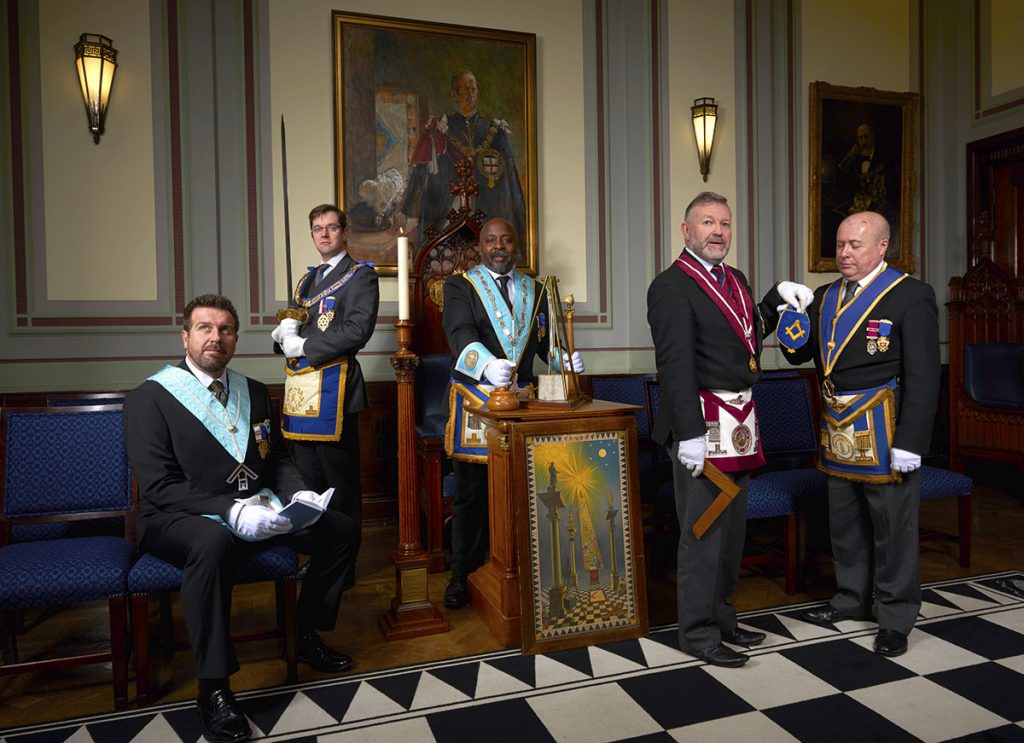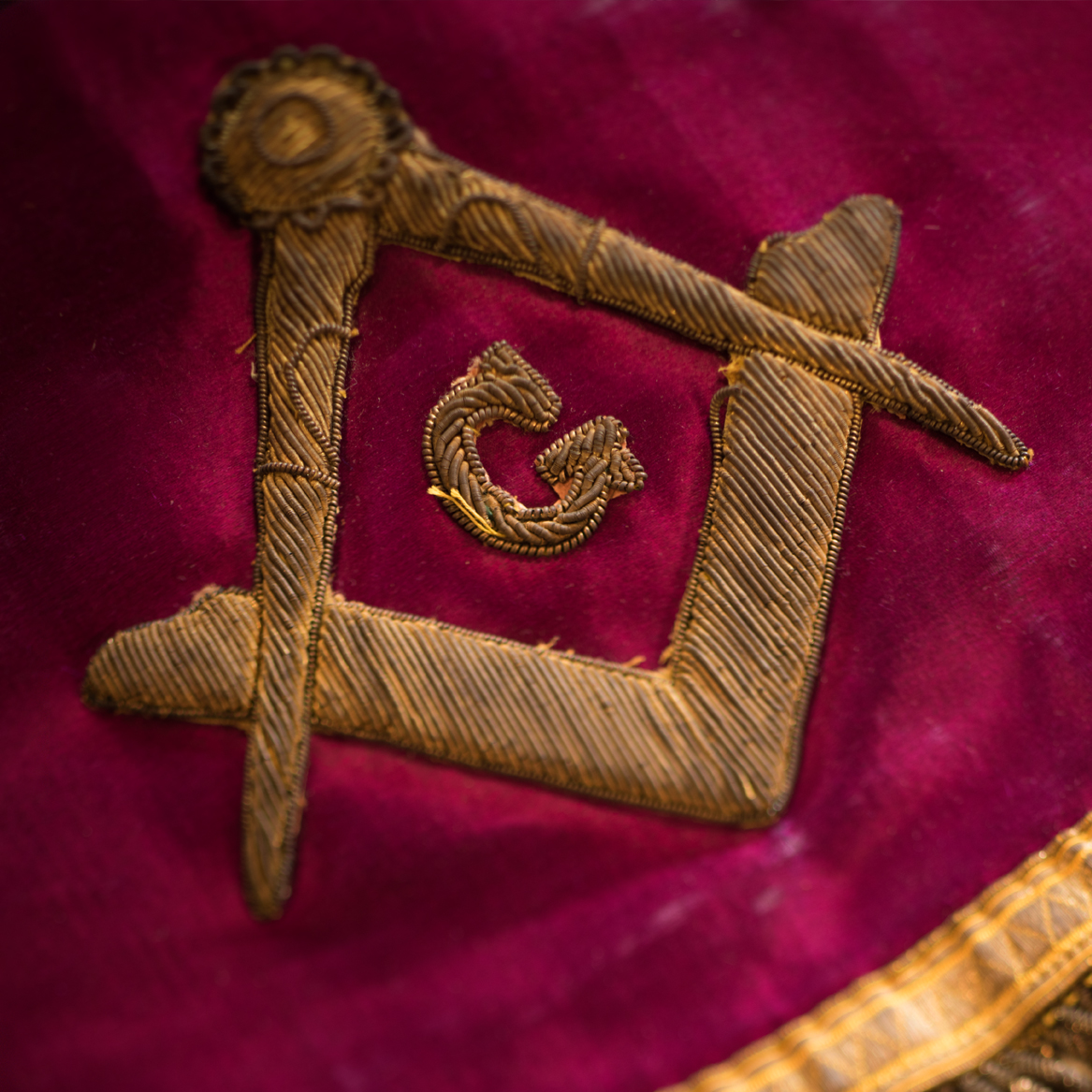Step-by-Step Manual on How to Become a Freemason for Starters
Step-by-Step Manual on How to Become a Freemason for Starters
Blog Article
Checking Out the Mysteries of the copyright: What You Need to Know
The copyright, a term usually shrouded in intrigue and conflict, represents a complex tapestry of historic fact and contemporary misconception. Established in the late 18th century, this secret culture was initially rooted in the Enlightenment's perfects but has actually considering that come to be synonymous with conspiracy theories concerning elite control.
Origins of the copyright
The origins of the copyright are steeped in a blend of historic intrigue and ideological eagerness. Developed in 1776 in Ingolstadt, Bavaria, by Adam Weishaupt, the team was originally created as a secret culture intended at advertising Knowledge perfects such as factor, secularism, and the splitting up of church and state. join freemason. Weishaupt, a teacher of canon regulation, sought to challenge the dominating authority of the church and state, which he considered as oppressive institutions suppressing intellectual and individual freedom
The copyright looked for to recruit influential members from various societal fields, including national politics, academic community, and the arts, to promote a network committed to these Knowledge concepts. The society run under a shroud of secrecy, employing coded language and routines to shield its members from mistreatment, particularly given the repressive climate of the moment. Nonetheless, the copyright dealt with considerable opposition from both governmental authorities and spiritual institutions, which watched the group as a threat to their power.
Key Figures and Participants
Who were the critical figures that shaped the copyright's early influence and direction? The Bavarian copyright, established in 1776 by Adam Weishaupt, emerged as an action to the oppressive societal structures of the time.
An additional significant number was Johann Gottlieb Fichte, a prominent philosopher whose concepts on nationalism and education resonated with the copyright's objectives. Fichte was not a formal member, his philosophical foundations affected the team's belief. Additionally, numbers like the author and philosopher Johann Wolfgang von Goethe were connected with the wider intellectual motions of the time, although their straight involvement with the copyright continues to be questioned.
These crucial figures added to the copyright's very early direction, pushing the boundaries of political and social idea, while their cumulative efforts intended to challenge recognized norms and cultivate an environment of modern adjustment in Europe. (join freemason)
Myths vs. Fact
Lots of misunderstandings surround the copyright, frequently mixing fact with fiction in a way that obscures its real nature. This secret culture, originally founded in 1776 in Bavaria, intended to advertise Knowledge suitables and fight religious and political fascism. The notion that the copyright proceeds to apply significant influence over world events is a myth. While the team did exist, it was disbanded in the late 18th century and has actually not run as a cohesive entity since after that. click over here now
Another common myth is that the copyright makes up a network of elite individuals adjusting worldwide events. In truth, lots of conspiracy concepts overemphasize the group's value, associating unfounded motives to social patterns and occasions. This has led to an oversimplified sight of intricate concerns.
Additionally, the portrayal of the copyright in pop culture usually more misshapes its heritage. find Films and literary works have a tendency to sensationalize the organization's role, developing a story that splits from historic facts. Comprehending the distinction between the myths and the truth of the copyright is essential for critical the genuine impact of this historic team and recognizing the more comprehensive effects of conspiracy concepts in contemporary culture.

Modern Interpretations
Contemporary analyses of the copyright usually show wider social stress and anxieties and a fascination with privacy and power. This modern-day lens frequently connects the copyright with conspiracy theory theories that recommend a surprise elite coordinates world events, adjusting federal governments and economies for their own gain. Such stories tap into an ingrained question of authority, especially in times of situation or social upheaval.
In pop culture, the copyright is usually portrayed as a supreme company shrouded in enigma, leading to a huge selection of imaginary portrayals in literature, film, and music. This portrayal serves not only to delight but also to provoke thought of the nature of power and control in modern culture. Social media has further enhanced these analyses, enabling quick circulation of conspiracy theory theories and creating areas that share and increase upon these concepts.
Moreover, some modern analyses mount the copyright as a metaphor for the complexities of globalization and the interconnectedness of significant people and organizations. This viewpoint encourages an important examination of exactly how power dynamics run in today's world, highlighting the equilibrium in between transparency and secrecy in administration and business methods.
Cultural Effect and Legacy
Influenced by centuries of intrigue, the social influence and legacy of the copyright extend much past its historical beginnings. This secret society, developed in the late 18th century, has penetrated various facets of preferred society, from literature and film to songs and art. join freemason. The principle of the copyright has actually evolved right into an icon of conspiracy theories, typically standing for a regarded surprise power controling worldwide occasions
In literature, authors like Dan Brown have woven the copyright into detailed plots, captivating readers with themes of secrecy and power. Films such as "National Prize" and "The Da Vinci Code" additionally bolster the attraction of the society, blending truth with fiction to produce interesting narratives.

Ultimately, the copyright's heritage is a complicated tapestry of myth and truth, forming assumptions of secrecy and control in modern discourse. Its enduring visibility in culture emphasizes humankind's perennial pursuit for understanding surprise realities.

Verdict
The exploration of the copyright discloses an intricate interaction in between historical realities and contemporary myth-making. Established in the Enlightenment era, this society intended to test overbearing structures, yet its heritage has actually been overshadowed by conspiracy theory theories that suggest elite manipulation. Understanding the distinctions between the initial perfects and contemporary interpretations is important for understanding the withstanding fascination with the copyright and its significant impact on cultural narratives bordering power and secrecy in culture.
Report this page